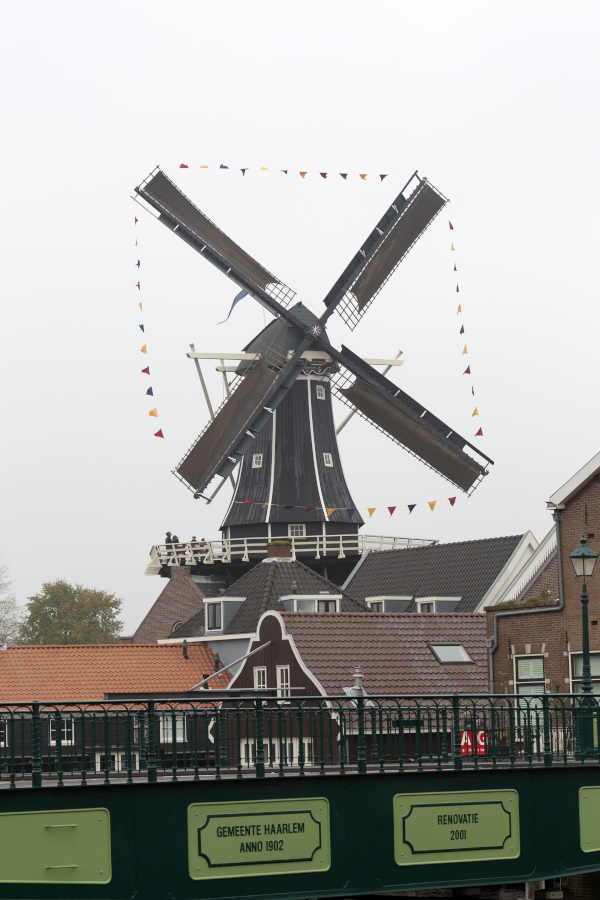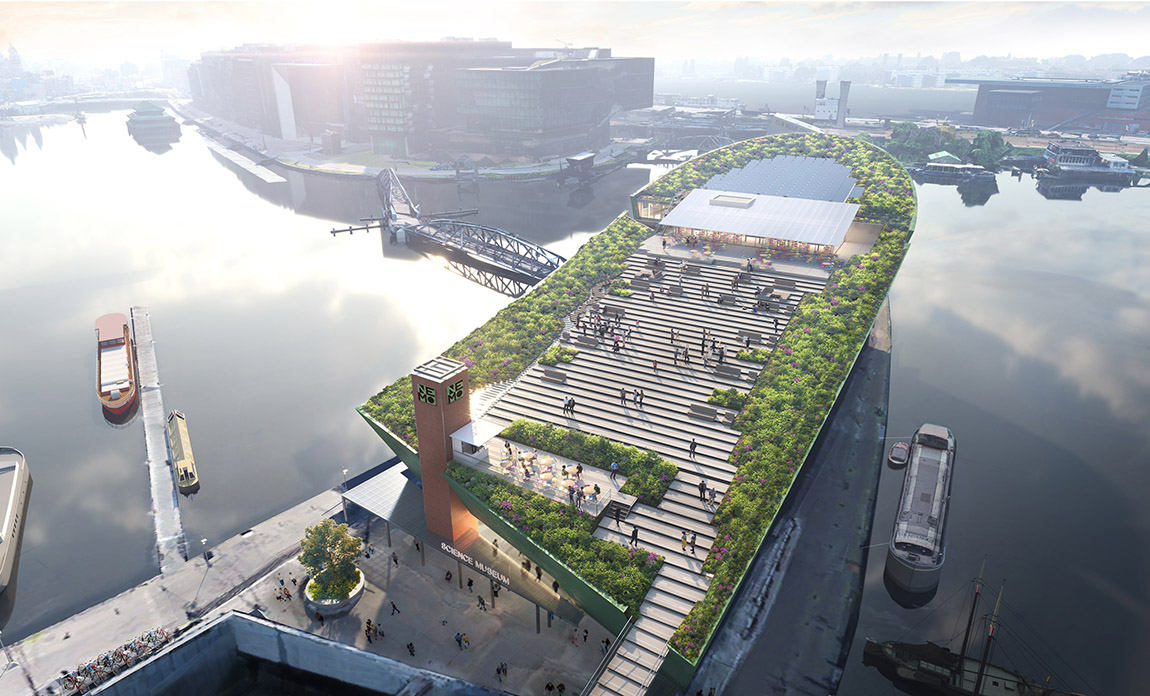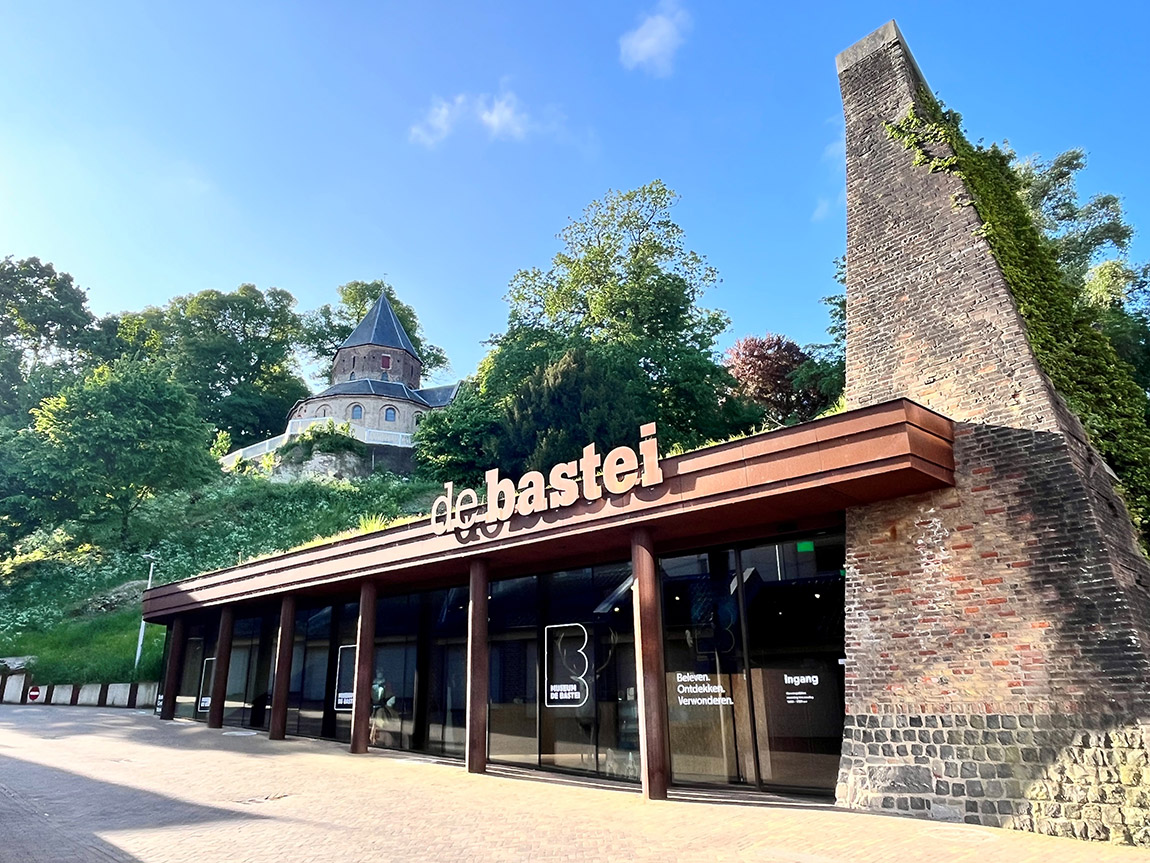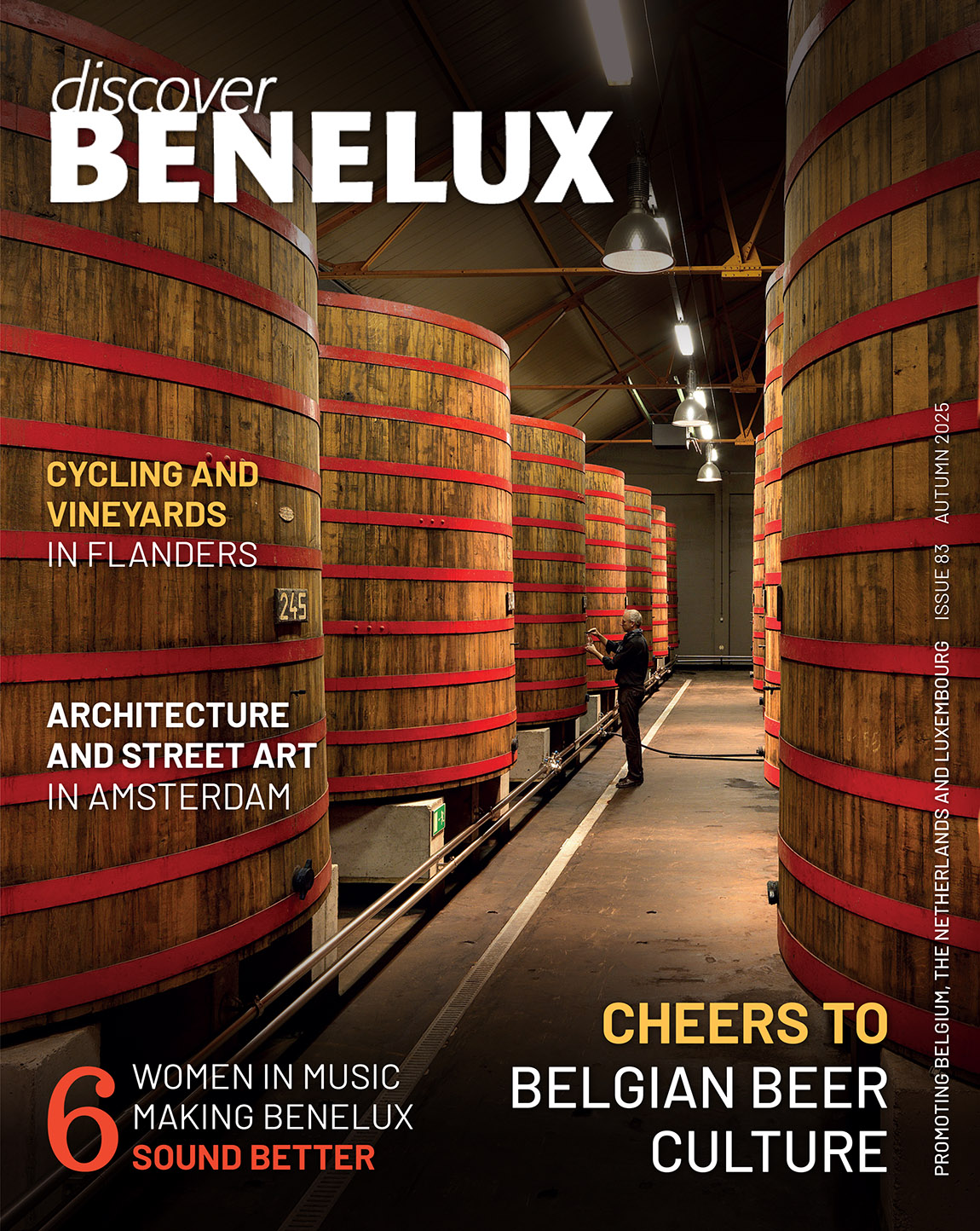DE ADRIAAN WINDMILL: A museum and wedding venue in Haarlem

Haarlem, approximately 19 kilometres west of Amsterdam, was once a city dotted with more than 100 windmills. These days, just eight of those mills exist still, including the restored De Adriaan Windmill, which visitors can tour with a guide to learn about the history of the site and the roles played by mills in the Netherlands.
The urban landmark stands by the River Spaarne and its wooden platform provides outstanding views across the waterway to the city centre. The mill was constructed upon the remains of a tower, known as the Goê Vrouwtoren, that used to be part of Haarlem’s defences. A bridge once linked the Goê Vrouwtoren to another tower, the Zanderstoren, on the far-side of the Spaarne. Over time, as artillery became increasingly powerful, those defences were rendered ineffective, so the towers were subsequently abandoned and demolished. A businessman from Amsterdam, Adriaan de Boois, saw it as the ideal site for erecting a windmill and, in 1778, he was granted permission to do so.
The mill that bears De Boois’s Christian name was originally constructed to crush tuff stone for making a type of waterproof cement. Over the past 240 years, the Molen de Adriaan, as the windmill is known in Dutch, has been used for a variety of purposes. The original owner also used his mill to grind the bark of oak trees for use in tanneries and pigments to make dyes. In 1802, the mill changed ownership and, for more than six decades, the sails provided the power to grind tobacco into snuff. It was only in 1865, when a steam-powered mill was added, that the site began milling grain.
By the early 20th century, electricity had begun to replace wind and steam as a means of powering the machinery, resulting in many of the Netherlands’ windmills falling into decline or out of use — in 1920, De Adriaan’s steam engine was replaced by one driven by electricity. Recognising the significance of their sites to the national heritage — more than 15,000 windmills stood in the Netherlands during the mid-19th century — the Dutch Windmill Association was formed. In 1925, the De Adriaan Windmill became its first property. However, disaster struck. During a winter storm, late in 1930, wind ripped one of the sails from the mill and, in April 1932, the mill was destroyed by a fire, the cause of which was never established. During the blaze, vast crowd gathered and watched as the flames took a grip of De Adriaan and reduced its wooden structure to ash.
Half a century passed by before restoration works would commence. In 1991, the Foundation Molen de Adriaan was established with the aim of rebuilding the windmill. Five years later, a pledge by the municipality to rebuild the landmark, dating from 1963, was discovered in the city archives. That find was a catalyst for garnering the support necessary to finance the reconstruction, which would cost 1.3 million euros. Work on the 7.5-metre-tall brickwork structure at the base of the mill started in 1999 and the official reopening of De Adriaan was on 23 April 2002 — exactly 70 years after the blaze that destroyed the original mill.
Since the reopening, volunteers regularly lead guided tours of the windmill. Prior to climbing the mill’s steep staircases to view the grinding wheels, visitors have an opportunity to watch a brief historical documentary about the mill. The tours provide access to the inner workings of the mill plus its outdoor platform, at a height of 12.7 metres. Here, visitors can see how the sails — which have a span of more than 24 metres and can turn at up to 70 kilometres per hour — are set and controlled by a brake. The wooden structure that sits on top of the brickwork base weighs approximately 30 tonnes, yet can be turned so that it faces the wind.
Using the brake, the miller can pause the sails, which reach 37 metres into the air at the highest point. The sails have also had different uses in the past. Long before the invention of the telephone, the position of the unmoving sails could convey signals into the distance. People in the surrounding area could discern if the miller’s family was celebrating or mourning according to the position at which the sails were locked.
It takes just 15 minutes to reach Haarlem by train from Amsterdam’s central railway station. The De Adriaan Windmill is approximately a kilometre from the Haarlem station.
Tours of Molen de Adriaan last between 30 and 45 minutes, and cost 3.50 euros for adults and one euro for children. The mill is now also used as a meeting and wedding venue.
In addition to seeing how grain was milled, displays and intricate models within the attraction explain how windmills across the Netherlands were used to pump and drain water from the landscape. Known as ‘polder mills’, such windmills helped to reclaim land for purposes such as agriculture. Others were used to saw wood.
Web: molenadriaan.nl/en/
TEXT: STUART FORSTER | PHOTOS © DE ADRIAAN WINDMILL
Subscribe to Our Newsletter
Receive our monthly newsletter by email





